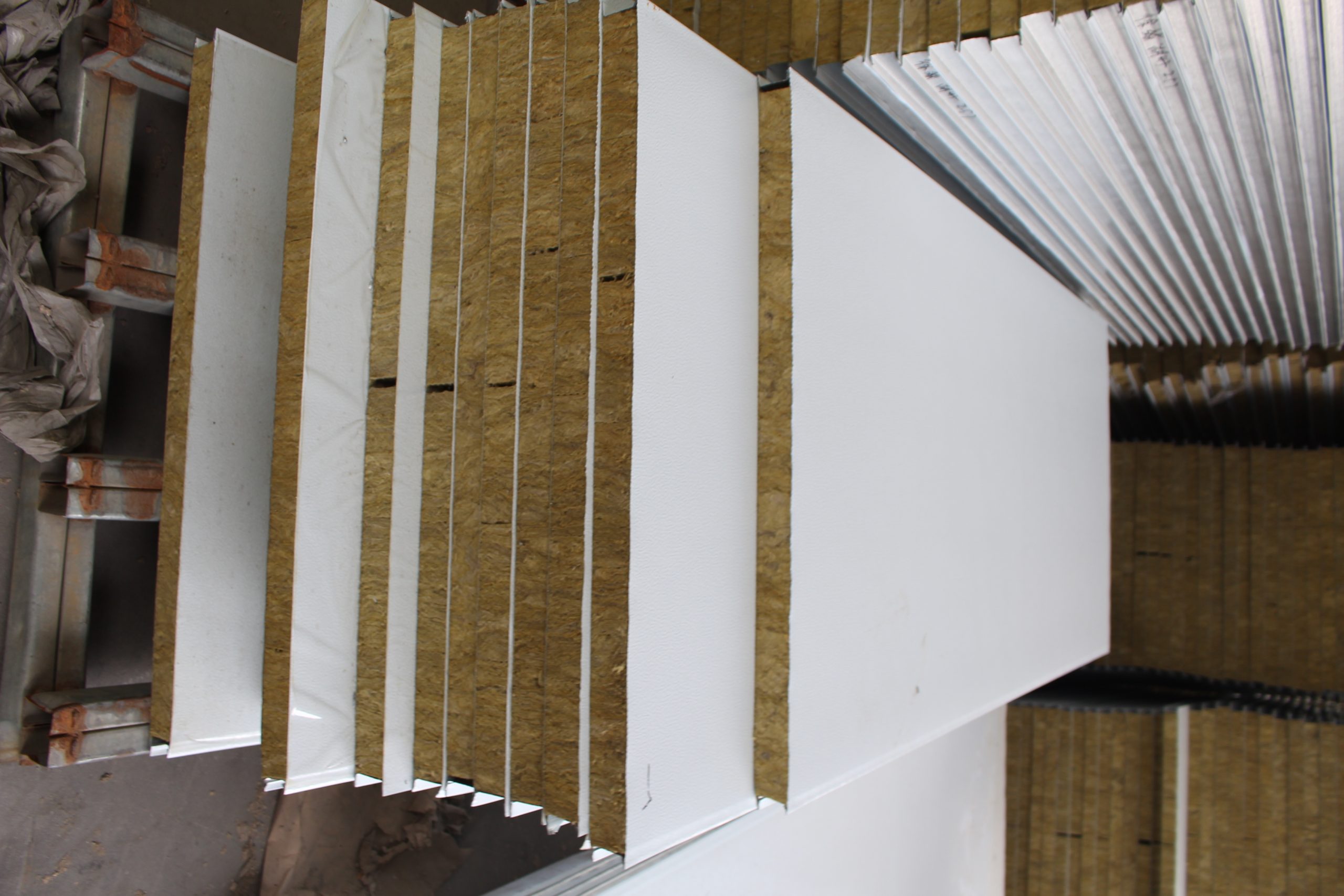The practice of realizing rapid assembly of building components of steel structure in construction industry
Inhoudsopgave
Benefits of Implementing Rapid Assembly of Steel Structure Components in Construction Projects
The construction industry is constantly evolving, with new technologies and methods being developed to improve efficiency and reduce costs. One such innovation that has gained popularity in recent years is the rapid assembly of building components of steel structure. This practice involves prefabricating steel components off-site and then assembling them quickly on-site, resulting in faster construction times and lower labor costs.
One of the key benefits of implementing rapid assembly of steel structure components in construction projects is the significant time savings it offers. By prefabricating steel components in a controlled environment off-site, construction crews can avoid delays caused by inclement weather or other on-site challenges. This allows for a more streamlined construction process, with buildings being erected in a fraction of the time it would take using traditional construction methods.
In addition to time savings, rapid assembly of steel structure components also offers cost savings for construction projects. By prefabricating steel components off-site, construction crews can reduce the amount of labor required on-site, resulting in lower labor costs. Additionally, the controlled environment of a factory setting allows for more efficient use of materials, reducing waste and saving money on material costs.
Another benefit of implementing rapid assembly of steel structure components is the improved quality of the finished product. By prefabricating steel components off-site, construction crews can ensure that each component is built to exact specifications, resulting in a higher level of precision and consistency in the finished building. This can lead to fewer defects and issues during construction, ultimately resulting in a higher quality building that is built to last.
Furthermore, rapid assembly of steel structure components can also have environmental benefits. By prefabricating steel components off-site, construction crews can reduce the amount of waste generated during construction. Additionally, the controlled environment of a factory setting allows for more efficient use of materials, further reducing the environmental impact of the construction process.
Overall, the practice of realizing rapid assembly of building components of steel structure in construction projects offers a wide range of benefits, including time savings, cost savings, improved quality, and environmental benefits. By prefabricating steel components off-site and assembling them quickly on-site, construction crews can streamline the construction process, reduce costs, and improve the overall quality of the finished building. As the construction industry continues to evolve, the practice of rapid assembly of steel structure components is likely to become increasingly popular as a cost-effective and efficient construction method.
Case Studies Highlighting Successful Implementation of Rapid Assembly Techniques in Steel Structure Construction Industry
The construction industry is constantly evolving, with new technologies and techniques being developed to improve efficiency and reduce costs. One such technique that has gained popularity in recent years is the rapid assembly of building components in steel structure construction. This method involves prefabricating building components off-site and then assembling them quickly on-site, resulting in faster construction times and lower labor costs.

One successful example of the rapid assembly technique in steel structure construction is the construction of the One World Trade Center in New York City. The building, which stands at a height of 1,776 feet, was constructed using a combination of traditional steel frame construction and prefabricated steel components. By prefabricating many of the building’s components off-site, the construction team was able to assemble the building quickly and efficiently, ultimately completing the project ahead of schedule.
Another successful case study of rapid assembly in steel structure construction is the construction of the Burj Khalifa in Dubai. The Burj Khalifa, which stands at a height of 2,717 feet, is the tallest building in the world. The construction team used prefabricated steel components to speed up the construction process and reduce labor costs. By assembling the building components quickly on-site, the construction team was able to complete the project in just five years, a remarkable feat given the building’s size and complexity.
The use of rapid assembly techniques in steel structure construction has also been successful in smaller-scale projects. For example, the construction of the T3 office building in Minneapolis utilized prefabricated steel components to speed up the construction process and reduce costs. By assembling the building components off-site and then quickly assembling them on-site, the construction team was able to complete the project in just 12 months, a significant time savings compared to traditional construction methods.
Overall, the practice of realizing rapid assembly of building components in steel structure construction has proven to be a successful and cost-effective method for completing construction projects quickly and efficiently. By prefabricating building components off-site and then assembling them quickly on-site, construction teams can reduce labor costs, improve construction times, and ultimately deliver high-quality buildings to their clients.
In conclusion, the practice of realizing rapid assembly of building components in steel structure construction is a valuable technique that can help construction teams complete projects quickly and efficiently. By utilizing prefabricated steel components and assembling them quickly on-site, construction teams can reduce labor costs, improve construction times, and deliver high-quality buildings to their clients. As the construction industry continues to evolve, the use of rapid assembly techniques in steel structure construction is likely to become even more prevalent, helping to drive innovation and efficiency in the industry.






